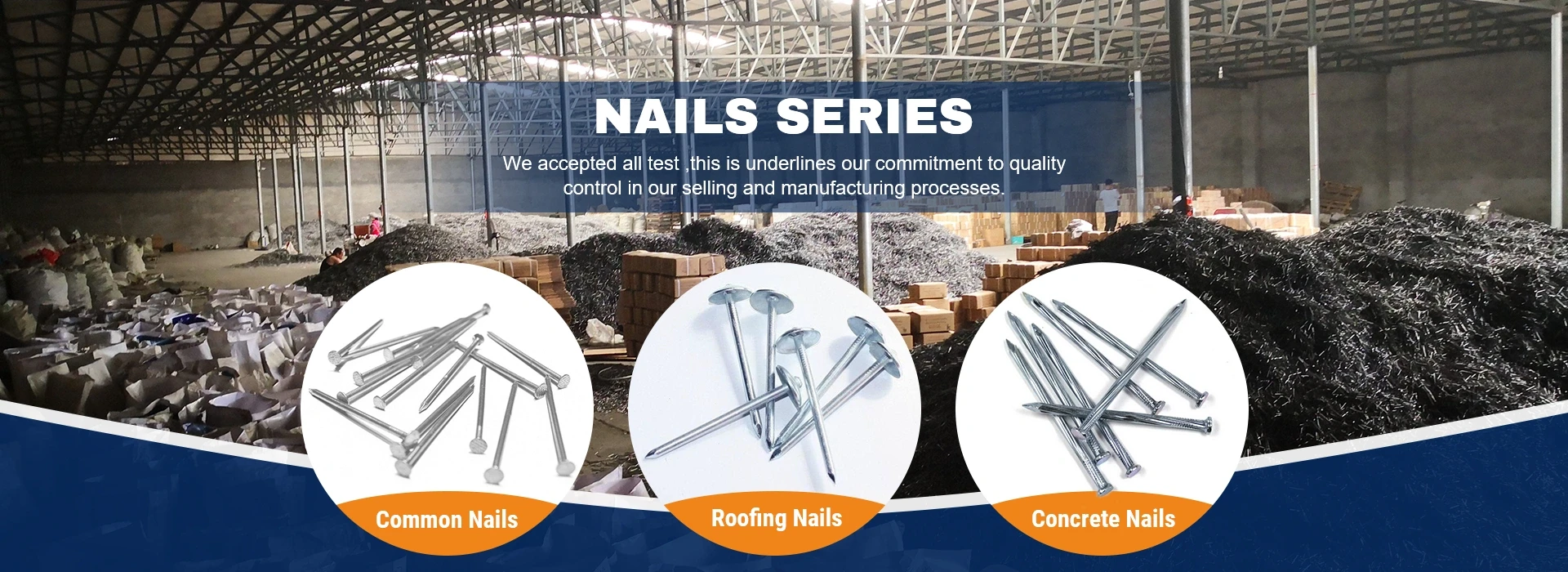Understanding Perforated Iron Sheets Versatility and Applications
Perforated iron sheets are a material that combines functionality with aesthetic appeal, making them a popular choice in various industries. These sheets are essentially flat iron panels that have been punctured with numerous holes, creating a unique pattern that enhances both their utility and design. The versatility of perforated iron sheets allows them to be used in a range of applications, from architectural features to industrial processes.
Manufacturing Process
The production of perforated iron sheets involves a technique known as perforation, where high-precision machinery utilizes punches and dies to create holes in the metal sheet. The holes can vary in size, shape, and spacing, allowing for a high degree of customization based on the specific requirements of a project. Advanced technology has enabled manufacturers to produce perforated sheets with intricate designs that can enhance aesthetic value, making them suitable for use in decorative elements.
Benefits of Perforated Iron Sheets
One of the primary benefits of using perforated iron sheets is their ability to combine strength with lightweight characteristics. Despite being made of iron, which is known for its durability, the presence of holes reduces the overall weight of the material, making it easier to handle and install. This balance between weight and strength makes perforated iron sheets an attractive choice in construction, automotive, and aerospace industries.
Additionally, perforated sheets allow for excellent airflow and light transmission while maintaining privacy and security. For example, in architectural applications, they can be used to create facades that provide ventilation while protecting against the elements. Designers often utilize perforated sheets in exterior cladding, sunshades, and screening solutions to enhance building efficiency and aesthetic appeal.
Applications Across Industries
perforated iron sheet

1. Architecture and Construction Perforated iron sheets are widely used in the construction of modern buildings. Their ability to filter sunlight while allowing air circulation makes them ideal for use in sunshades and decorative facades. Moreover, they can be employed in acoustic panels, which help to reduce noise in urban environments.
2. Automotive In the automotive industry, perforated iron sheets serve multiple purposes. They can be found in car interiors, creating stylish accents while reducing weight. Additionally, perforated metal is used in engine compartments for ventilation and cooling purposes.
3. Industrial The industrial sector leverages perforated iron sheets for filtration and separation processes. In manufacturing settings, these sheets can be used in machines that require airflow or the separation of materials. Their durability and resistance to wear and tear make them suitable for long-term use in harsh environments.
4. Furniture Design Innovative furniture designers have adopted perforated iron sheets to create unique and modern pieces. These sheets can be used in tables, chairs, and shelves, combining functionality with artistic expression. The visual appeal of the perforations can add a contemporary edge to traditional furniture designs.
Environmental Considerations
With growing awareness regarding sustainability, perforated iron sheets can be made from recycled materials, contributing to eco-friendly construction practices. Their durability ensures a long lifespan, reducing the need for frequent replacements and waste generation. Furthermore, their ability to enhance energy efficiency in buildings aligns with sustainable architecture principles.
Conclusion
Perforated iron sheets represent a perfect blend of functionality, design, and environmental consciousness. Their applications span numerous industries, showcasing their versatility and adaptability. As technology continues to advance, the potential uses for perforated sheets are likely to expand, making them an integral part of modern manufacturing and design. Whether in architecture, automotive, or industrial settings, perforated iron sheets will remain a staple material, reflecting both innovative engineering and aesthetic sophistication.

















